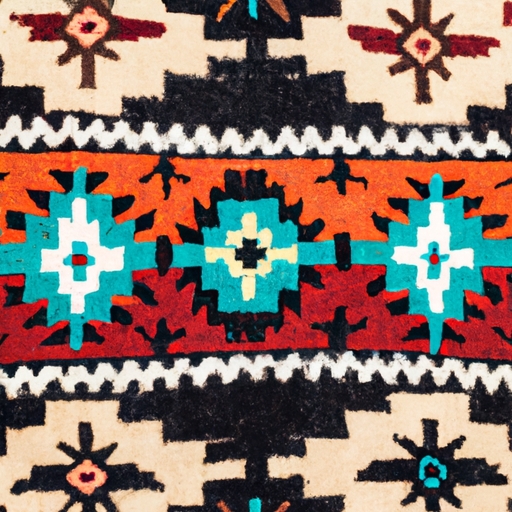Traditional rug patterns
Importance of texture in Aztec Rugs
Traditional rug designs have a rich history that dates back centuries, with each pattern telling a unique story of cultural heritage and artistic craftsmanship. These intricate designs have been passed down through generations, reflecting the traditions and values of different societies around the world.
From the vibrant geometric patterns of Moroccan rugs to the intricate floral motifs of Persian carpets, traditional rug designs are a testament to the skill and creativity of artisans who have perfected their craft over time. Each region has its own signature style, incorporating symbols and colors that hold special significance within their culture.
The history of traditional rug designs is a fascinating journey through time, showcasing the evolution of techniques and materials used to create these works of art. From hand-knotted wool rugs to flat-woven kilims, each type of rug has its own distinct characteristics that make it unique.
Today, traditional rug patterns continue to inspire contemporary designers and decorators, adding a touch of elegance and sophistication to any space. Whether displayed as a statement piece or used to tie together an entire room, traditional rug designs remain timeless classics that will never go out of style.
In conclusion, the history of traditional rug patterns is an important part of our cultural heritage, reminding us of the beauty and craftsmanship that goes into creating these exquisite works of art. As we continue to appreciate and celebrate these timeless designs, we honor the legacy of those who came before us and paved the way for future generations to enjoy them as well.
Aztec Rug texture recommendations
